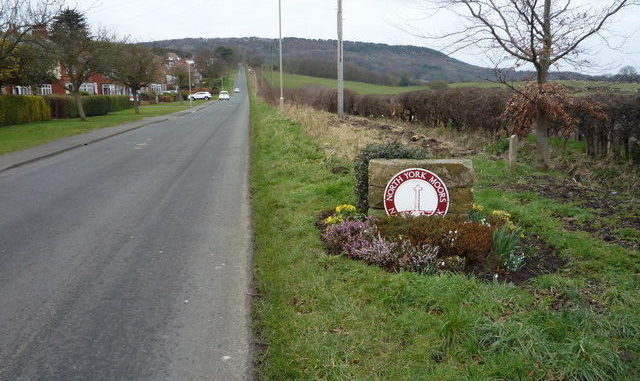
An army of volunteers has been heralded for its role in dramatically reducing the number of historic monuments at risk across expanses of the North York Moors.
Since 2009, when almost 25 per cent of the 843 national park’s scheduled monuments were assessed by Historic England as being “At Risk”, the park authority has worked with a range of organisations, including Historic England and the National Trust to arrest the decay.
The long-term concerted effort has meant currently there are just 39 of the nationally important archaeological sites that have been afforded statutory protection in the North York Moors on the Heritage at Risk register, representing less than five per cent.
The remaining monuments at risk include the 90-metre long 19th century iron mining kilns at Rosedale East, where there has been a “major collapse” in several places, which has been under repair as part of the National Lottery Heritage Fund project This Exploited Land.
Other monuments at risk include numerous burial barrows and parts of the medieval Whorlton Castle, near Swainby, which has been beset by vandalism, and an early 18th century water-powered corn mill near Hawnby, which is still in need of stabilisation following floods in 2007.
The national park authority’s chairman, Jim Bailey, described the contribution of volunteers in cutting the number of buildings at risk as “quite staggering”.
He said the authority now boasted 852 volunteers on its register, some of whom had clocked up more than 50 years’ service for the national park. He said last year volunteers contributed 41,000 hours of work to the protected area.
Mr Bailey said while the authority had developed its army of volunteers in response to its dwindling Government grant, it had not appreciated until recently the reciprocal health and wellbeing benefits experienced by the volunteers.
He said: “If we had more money we could do even more, but this year our budget was set with an output spend of nearly £13m and the Government grant is just over £4m.
“Raising external sources of funding helps us do more and having volunteers are another way of doing that. We find that by welcoming volunteers, teaching them to do the work they do for us and thanking them we also make volunteering a great experience in the North York Moors.”
The heritage drive, in partnership with organisations such as the Forestry England and Natural England, has seen volunteers visit the scheduled monuments, with the landowners’ permission, and collect details on their condition, before the authority’s heritage staff assess what action is needed.
Ellie Leary, the authority’s historic environment records officer, said: “Having landowners engaged in monument management has been really important and the volunteers are critical in gathering data. It’s with everyone working together where we really get the success with these projects.”
Heritage bosses have revealed while the 1,436sq km protected area has the highest density of scheduled monuments in Yorkshire, recent months have seen more ancient heritage unearthed including a Neolithic settlement and a probable Bronze Age home.
The last year has seen what park bosses have labelled “a flurry of exciting activity” with archaeologists returning to a site in the north of the park to investigate an unusual late Neolithic/early Bronze Age settlement, near Moorsholm.
The team has found evidence of a probable Bronze Age house, pits and ditches from the Iron Age and Roman periods, and what is believed to be a very small burial mound.
A dig near Helmsley last year surprised experts with the wealth and quality of the finds discovered, including jet rosary beads, pottery and glazed tiles. The evidence pointed to a medieval farm of high economic importance, with close links to the Cistercian monks of nearby Rievaulx Abbey.
In addition the authority is to run its first community “test-pitting” exercise in Ampleforth, where residents will be invited to put forward their own gardens to host a one square metre trench to examine the layers of archaeology.


Be the first to comment